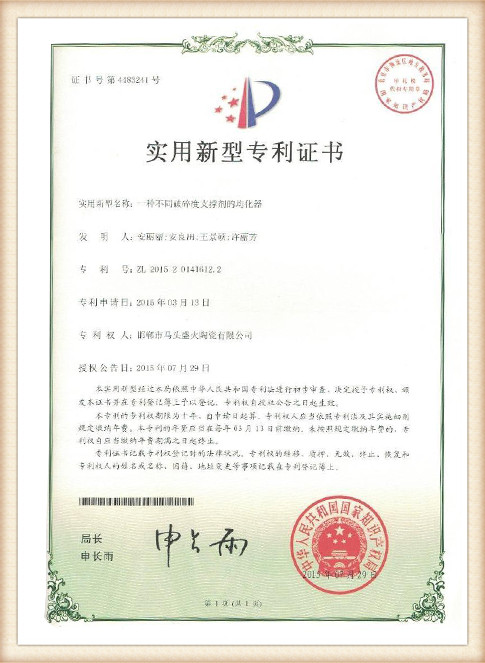The Sand Casting Industry An Overview
Sand casting, one of the oldest and most versatile manufacturing processes, continues to play a vital role in the modern industrial landscape. This method of casting involves creating a mold from sand to produce metal components. The simplicity and cost-effectiveness of sand casting have allowed it to remain a preferred technique in various sectors, including automotive, aerospace, and general manufacturing.
The Process of Sand Casting
The sand casting process generally involves several key steps. First, a pattern, which is a replica of the desired part, is created. This pattern is typically made from metal, wood, or plastic. The pattern is used to form a mold in a mixture of sand and binding agent, commonly clay. The molds can be created in two halves the cope (the top half) and the drag (the bottom half). After packing the sand around the pattern, the two mold halves are separated, and the pattern is removed, leaving a cavity that represents the part to be cast.
Once the mold is prepared, molten metal is poured into the cavity, filling it and taking on the shape of the pattern. After the metal cools and solidifies, the mold is broken away, revealing the cast part. This process can produce a wide range of shapes and sizes, from small components to large intricate designs.
Advantages of Sand Casting
One of the primary advantages of sand casting is its adaptability. It can accommodate a variety of metals, including aluminum, iron, and steel, making it suitable for an extensive range of applications. Additionally, sand casting is capable of producing large parts that would be challenging to fabricate with other methods.
Cost considerations also favor sand casting. The materials required—primarily sand and a binding agent—are relatively inexpensive, and the process itself does not demand expensive machinery, which makes it an attractive option for many manufacturers. Moreover, because the process is less dependent on precision tooling, it allows for design modifications without significant additional costs.
sand cast industries

Applications of Sand Casting
The applications of sand casting are diverse and widespread. In the automotive industry, sand casting is used for producing engine blocks, transmission cases, and various other components. The aerospace sector also relies on sand casting for producing turbine housings and other critical parts that require a reliable manufacturing process. Furthermore, sand casting is extensively used in the manufacturing of industrial machinery and equipment, providing components that contribute to the overall functionality and longevity of machines.
Challenges in Sand Casting
Despite its many advantages, sand casting does come with its challenges. The process has limitations regarding tolerances and surface finish quality. Parts produced through sand casting may require additional machining to achieve the desired specifications. Furthermore, the quality of the sand and the skill of the operator can significantly impact the resulting product.
Environmental considerations are also becoming increasingly important. The disposal of used sand and the emissions created during the melting process raise sustainability concerns. As a result, the industry is exploring greener alternatives and recycling methods to minimize its environmental impact.
The Future of Sand Casting
Looking ahead, the sand casting industry is likely to continue evolving. Innovations in materials science, the use of computer-aided design (CAD), and advancements in 3D printing technologies are all enhancing the capabilities of sand casting. These developments promise to improve lead times, reduce waste, and increase the precision of cast parts.
In conclusion, the sand casting industry remains a cornerstone of manufacturing, combining time-honored techniques with modern technology to produce a wide array of components. Its adaptability, cost-effectiveness, and ongoing innovations ensure that sand casting will remain relevant in the ever-evolving manufacturing landscape for years to come.
Post time:డిసెం . 19, 2024 10:47
Next:Achieving Superior Quality in Sand Casting Techniques for Optimal Results
